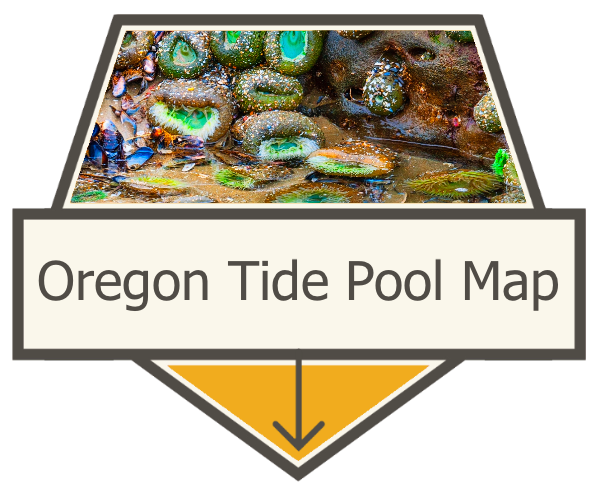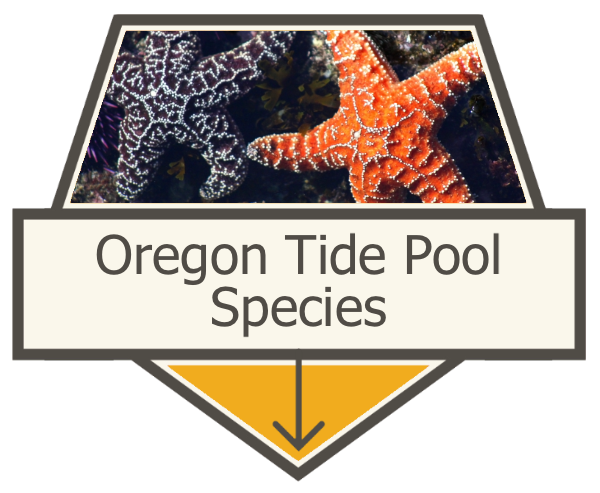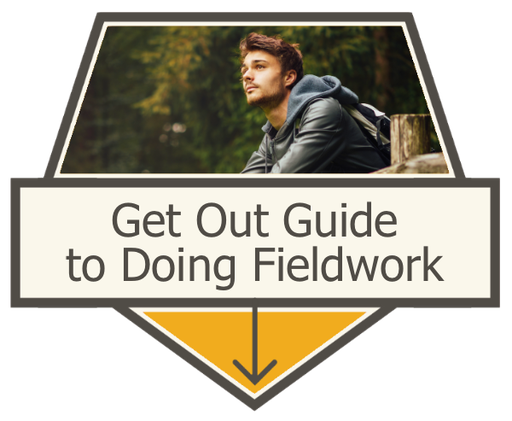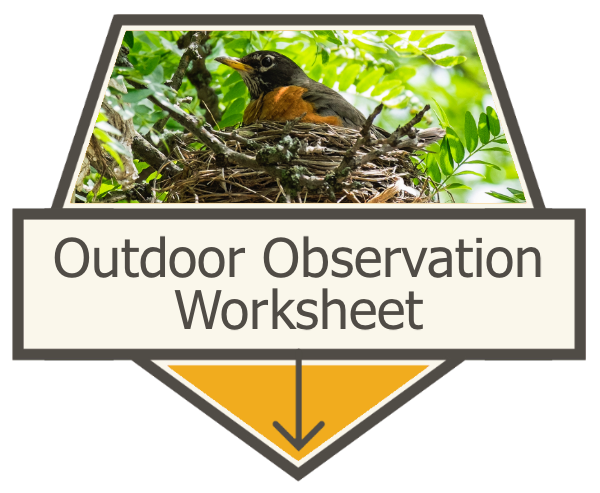EXPERIENCE > YOUTH ACTIVITIES
Whether enjoyed by students, tourists or locals just out for a walk on the beach, tidepooling is easily one of the most popular activities on the Oregon Coast. Tidepooling is simply the act of exploring and enjoying the rocky pools which naturally exist on the coast and are exposed to air during low tide. It is a great way to learn about native animals, particularly marine invertebrates, practice your photography skills or simply enjoy time with friends and family.
Whether enjoyed by students, tourists or locals just out for a walk on the beach, tidepooling is easily one of the most popular activities on the Oregon Coast. Tidepooling is simply the act of exploring and enjoying the rocky pools which naturally exist on the coast and are exposed to air during low tide. It is a great way to learn about native animals, particularly marine invertebrates, practice your photography skills or simply enjoy time with friends and family.
Preparation Makes You Proficient:
To make the most of your visit to a tide pool, we suggest your prepare ahead of time. Keep in mind that conditions of weather, temperature and surf are constantly changing on the coast, so appropriate supplies will help keep you comfortable and safe. Here’s some items you can bring to enhance your tidepooling experience:
Recommended:
Optional:
Recommended:
- Waterproof jacket and hat.
- Sturdy shoes or boots with a gripping rubber sole.
- Drinking water and a small snack.
- Tide table or tide app loaded onto your smart device.
Optional:
- Waterproof / underwater camera.
- A laminated or waterproof species guide.
- Underwater observation tools, sometimes known as “sea scopes” or “aqua scopes.”
|
Oregon Tidepooling: Owen, a 12-year-old first-time visitor to the Oregon Coast, shares his experience and tips after exploring the tide pools at Seal Rock State Park.
|
What is Sea Star Wasting Disease?
In the video above, Owen talks about this mysterious set of symptoms known generally as Sea Star Wasting Syndrome. This phenomenon has caused the deaths of sea stars all along the West Coast. You can learn more about Sea Star Wasting Syndrome and how you can help monitor it in the wild by visiting seastarwasting.org.
Related Feature: Sea Star Dance: Melding Nature with Music
Related Feature: Sea Star Dance: Melding Nature with Music
Being Safe, Being Respectful:
Remember, tidepooling comes with some inherent risks, including sharp or slippery rock surfaces, wave action and potentially hazardous animals. Additionally, anyone who goes tidepooling should practice appropriate outdoor etiquette. There are also guidelines specific to tide pool etiquette, so click here to see this information from the Oregon State Parks.
Most importantly, you should also check your local tide table before heading out. Make sure you know when the tide will start coming back in so you’re not in a place where you can be trapped by rising water. For tips on how to read a tide table, click here.
Additional information can be found on the National Oceanic and Atmospheric Administration’s Tides and Currents website.
Related Features: Youth Activities: Beachcombing | Outdoor Safety | Water and Beach Safety
Most importantly, you should also check your local tide table before heading out. Make sure you know when the tide will start coming back in so you’re not in a place where you can be trapped by rising water. For tips on how to read a tide table, click here.
Additional information can be found on the National Oceanic and Atmospheric Administration’s Tides and Currents website.
Related Features: Youth Activities: Beachcombing | Outdoor Safety | Water and Beach Safety









